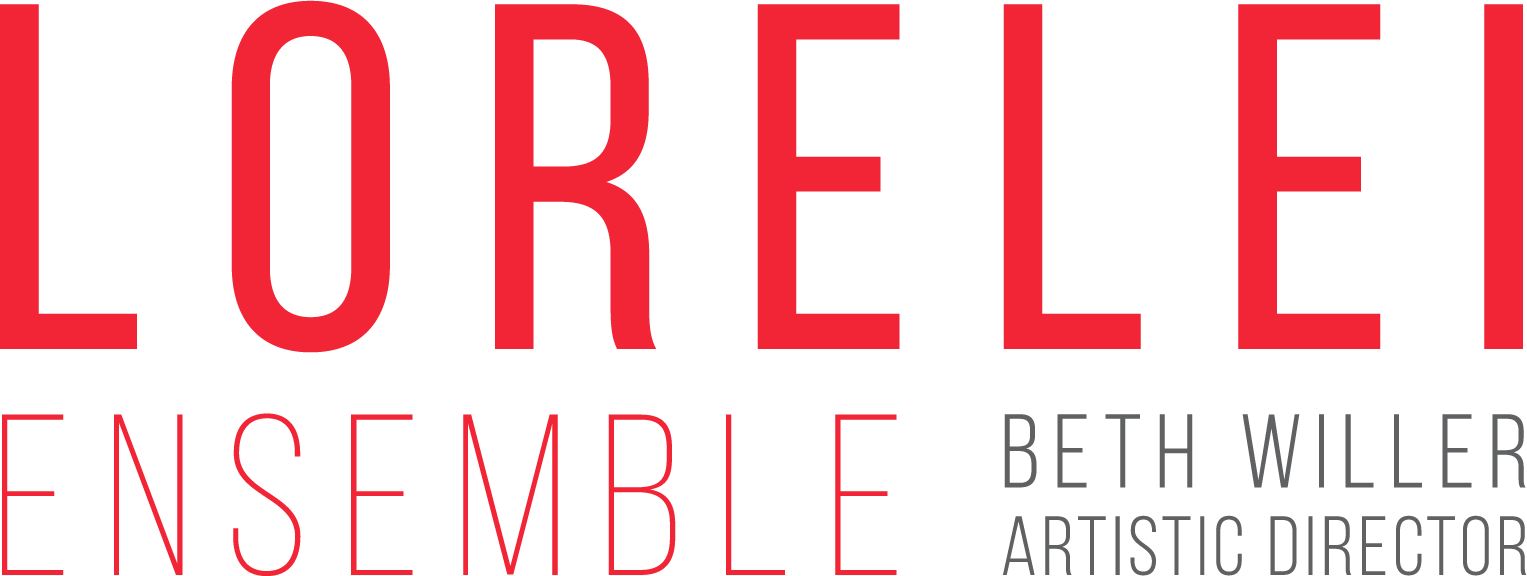Michael McGaghie- Director of Choral Activities, Macalester College
Last month's tragic news about the Skagit Valley Chorale threw the choral community into a tailspin. "Choir practice turns fatal," intoned the LA Times, recounting how two singers died and dozens more fell ill with COVID-19 after attending a rehearsal. Subsequent guidelines from professional organizations and the CDC have confirmed our fears—choral singing is unsafe, they say. I've mourned this, for the lives we've lost and for the silencing of our art. This vocation that has been so live-giving, to be potentially lethal? Is choral singing now in direct conflict with the public good?
No, I can't accept that. It's this terrible virus that's taken lives. Singing itself has not. Still, we're painfully aware that, for now, communal singing is broken.
All too often, when something breaks, we discard it. This is why I've feared for the near-term future of music education. It’s easy to imagine how cash-strapped administrators would toss away a choral program this year because it looks broken, because it can’t meet and carry out its usual work. Makes sense, right? There's a real perception out there that the arts are merely extracurricular, something to do or to consume when you're not occupied with things that actually matter. Teachers might defend ourselves with "the data," which tells us arts education improves standardized test scores and the like. Unfortunately, that doesn't suffice. Such an argument inherently makes a deeply flawed concession: that the arts are just a means to amplify and privilege other ends. How, then, should we argue on behalf of choral music and broader arts education in the face of cuts?
Let's start with this—choral music is not a mere extracurricular activity or test-prep aid; it is not in conflict with the public good—choral music is itself a public good. It's all about learning to be in right relationship with the other people in the room. We educators devote considerable time to unifying details like pitch, rhythm, and diction, yes—but we also teach listening and awareness as active, invisible skills. We pour ourselves into fostering intentional community inside and outside the choral classroom. These intangible connections transcend the auditory surface details of our repertoire, while also elevating our students' capacity for authentic communication. At best, the connectedness our students learn in choir serves like a structural integrity field, one that sustains and supports them through their years in high school, college, and beyond. It helps them to bend and stretch under stress, without breaking.
Looking more broadly—I'd argue that the arts are essential public infrastructure. I'll draw specific attention to the prefix, meaning “below,” not immediately visible or appreciated. After all, how often do we give thanks for a smooth, safe commute? Perhaps only in its absence and in retrospect, say, when your car hits a nasty pothole. In the absence of singing together, in the absence of attending concerts in community, we're feeling a deep loss—and maybe we'll recognize that which we're missing has always been hiding in plain sight.
Maybe this crisis will help us remind each other that the arts are not simple entertainment, or a public good among many, but the real truth—the arts are deeply foundational to the practice of being alive, the infrastructure of our self-understanding and expression. Just as the freedom of the press is essential to a functioning democracy, the arts are essential at helping our society tease out what it means to live a life with meaning. They facilitate the expression and public discussion of our values, both to rejoice in commonality and to articulate difference. (This is why fascists hate the arts, by the way.) The arts draw us to common points of attention and wonder. They give us practice at being creative, and creativity helps us solve problems. Arts educators are the laborers that build and maintain this infrastructure, and as such, they are an essential public investment. Let's argue for them in this way. In the midst of this pandemic, as we reckon with separation and scarcity, they need our support more than ever.

